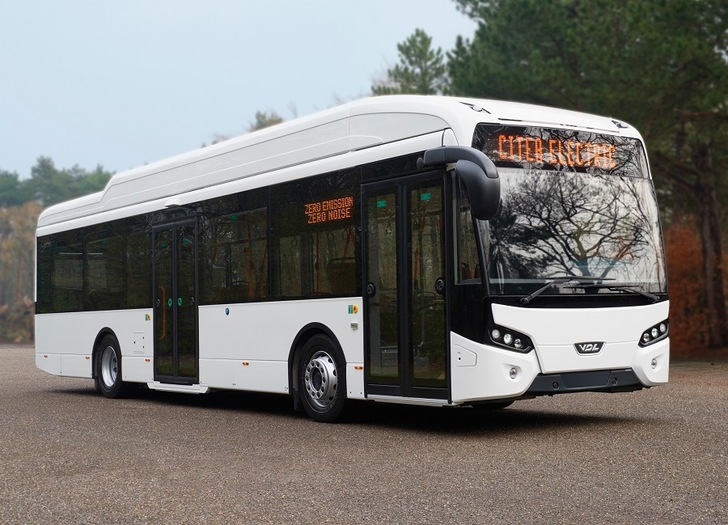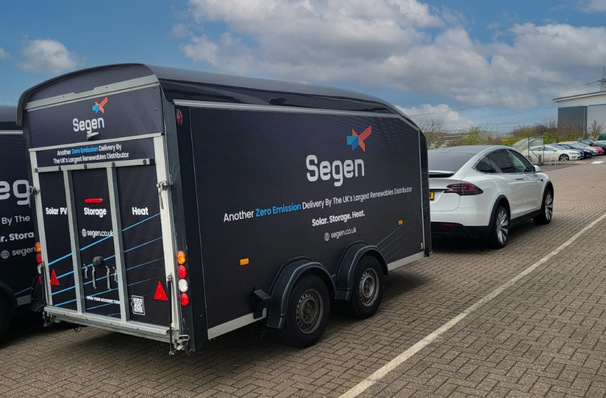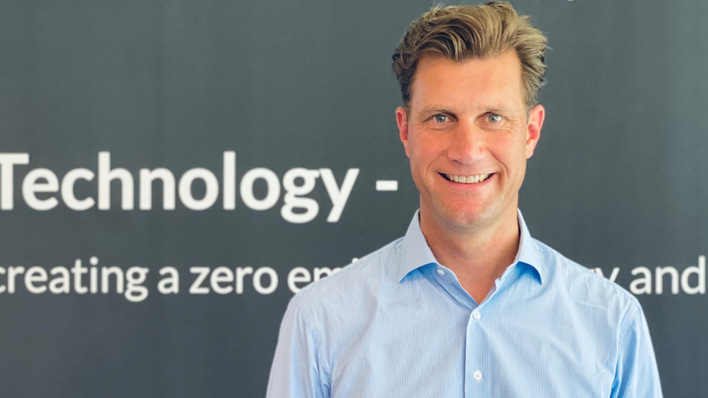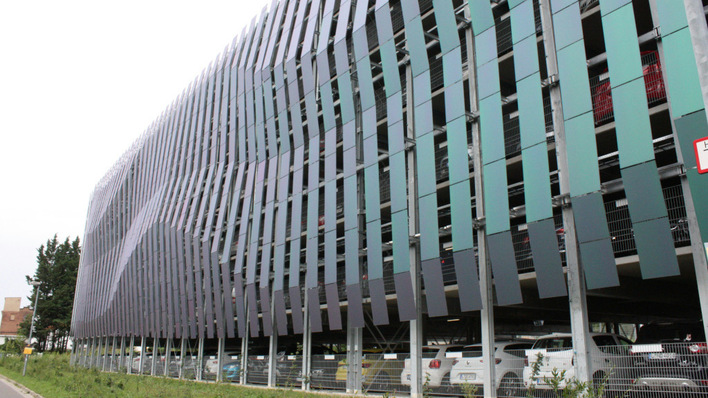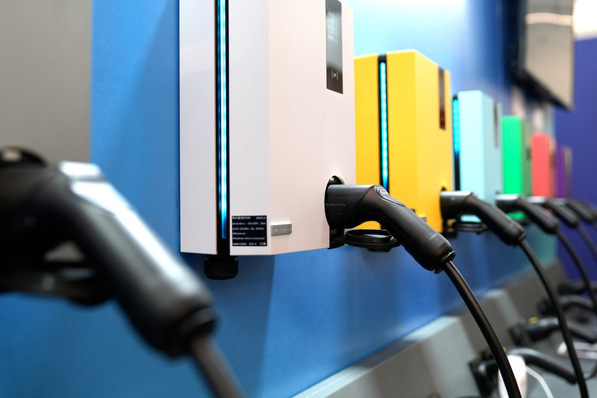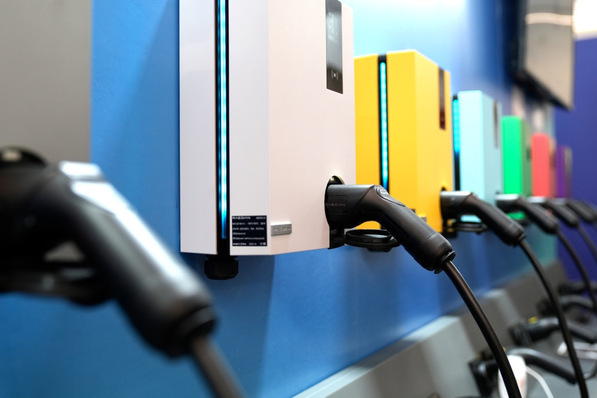“We are keen to use our knowledge and experience as a European frontrunner in electric public transport to contribute to Oslo’s ambitious climate targets,” says Frank Reichel, Managing Director VDL Bus & Coach Norway. “Our 40 electric Citeas already operating in Oslo and the 8 Citeas Electric used as shuttle buses at Avinor Oslo Airport have already driven nearly 2 million electric kilometres. We are extremely proud that the largest e-bus fleet in Norway will consist almost entirely of VDL buses. This is further proof that our strategy of proactively approaching the market in Norway is a successful one.”
Electric buses operated by Norgesbuss
The operation in Oslo will be carried out by Norgesbuss from 9 January 2022. The 83 VDL-Citeas SLFA-180 Electric are equipped with a roof-mounted pantograph and the 19 Citeas SLF-120 Electric have a CCS charging point. The electric buses wil mainly be charged at the depot with a charging solution which provides a lot of flexibility. The electric buses will run south of Oslo, in the districts of Søndre Nordstrand, Nordstrand and parts of Nordre Follo. Some vehicles will be in use 24/7.
“Norgesbuss is one of the leading bus operators in Norway and we are working continuously to make public transportation more attractive for passengers,” says Atle Rønning, CEO at Norgesbuss AS. “We offer solid, future-proof solutions. With the continuous transition to more zero emission operations, we are happy to have partnered with VDL for this tender. With their track record in large e-bus operations and our combined experience, we look forward to providing environment friendly transportation to even more passengers in Oslo.”
Oslo: Green Capital
At present, 10% of the 1,200 city buses run by the public transportation authority Ruter are electric. Oslo, European Green Capital in 2019, has some of the most effective climate and environmental measures in Europe. By 2030, Oslo aims to be without greenhouse gas emissions. The city has become a laboratory for testing new electric transport solutions as it transforms into a city where pedestrians and cyclists have priority over private cars. From 2023, all taxis in Oslo must have zero emissions.
100 million electric kilometres
The delivery of 102 electric Citeas to Norgesbuss, which operates for the public transportation authority Ruter, is the largest order for VDL Bus & Coach to date. This is 2 buses more than were delivered to the concession Amstelland Meerlanden, where 100 electric articulated Citeas have been in operation at and around Schiphol Airport in the Netherlands since April 2018.
VDL has been active in the field of electric transport for over 25 years. Since the introduction of the first Citea SLF-120 Electric in Geneva during the UITP Mobility & City Transport exhibition in 2013, VDL Bus & Coach has focused strongly on electric mobility. With now almost 800 buses in 10 countries and more than 150,000 kilometres in many European cities and regions every day, the magic limit of 100 million electric kilometres is in sight.
New Generation Citea
VDL Bus & Coach has grown into one of the most important players in Europe in the field of e- mobility. In 2021, VDL Bus & Coach will present the new generation of electric Citeas. Based on the VDL vision, a bus concept has been developed entirely based on an electric driveline, ready for a future where zero emission is a matter of course. VDL Bus & Coach will be announcing more details in a special social media campaign in the coming months. The buses will be on display for the first time during Busworld this October in Brussels.
Did you miss that? Continue working for more electric transportation
Among other things, VDL Bus & Coach is introducing an innovative composite sidewall construction that is 15% lighter than a conventional sidewall. The battery pack is integrated into the floor as standard. This ensures better weight distribution, greater stability (safety) and increases passenger capacity. The choice of efficient components, lightweight construction, good insulation, aerodynamic design and optimum energy management reduce the vehicle’s energy consumption by up to as much as 30%. (hcn)
Read more: BYD ADL partnership accelerates the introduction of electric buses in the UK


